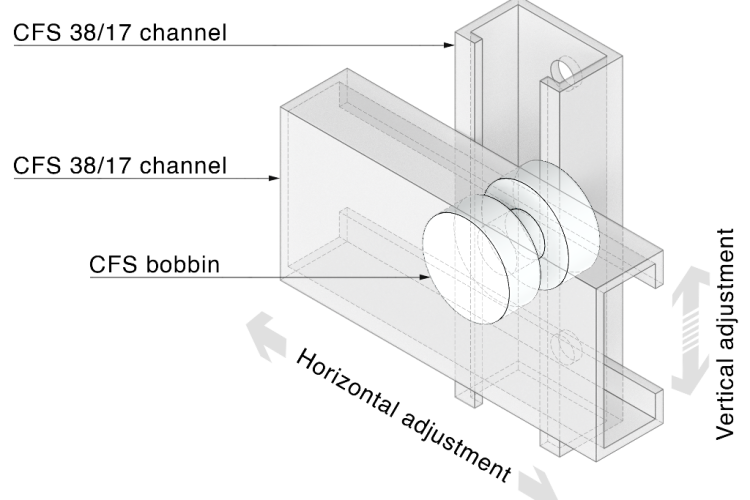Plastics in construction – how can we reduce our reliance?

In this exclusive feature for Building Products, James Ayres, Operations Director at Lime Green, leading suppliers of lime-based products for use in construction, talks about plastics in construction and how we can reduce our reliance on them.
In recent years, a spotlight has been placed on the negative impact of plastic waste on our environment. As a result, there have been a number of policies and targets implemented across the globe, in an attempt to reduce plastic consumption as much as possible. The UK government has introduced the policy, A Green Future: Our 25 Year Plan to Improve the Environment, with the aim of eliminating all avoidable plastic waste by 2042.
In the UK alone, over five million tonnes of plastic is used every year, and the construction industry accounts for nearly a quarter of this, producing an annual sum of around 50,000 tonnes of plastic waste.
This immense amount of plastic waste makes it both urgent and critical for the construction industry to reduce its reliance on plastics.
How can the construction industry reduce plastic use?
1. Design with the circular economy in mind – the design process should also consider disposal. This may include packaging waste or the disposal of building materials at the end of their lifecycle. For example, insulation systems using polyurethane foam are incredibly challenging to dispose of, whereas natural insulation systems, such as those which use woodfibre and lime render, have much simpler and greener end of life disposal options.
2. Use alternatives to plastics – where possible, chose sustainable materials that are easily disposed of. This may include the use of sustainable materials for construction itself, such as lime, woodfibre or wood, or choosing products packaged in recycled or recyclable packaging.
3. Dispose of waste well – on any construction site, waste is inevitable. However, how you choose to dispose of that waste can either support or damage the environment. Recycle whatever you can, and if you’re unsure, contact suppliers to check if the materials are recyclable.
What are the benefits of reducing plastic consumption?
1. Natural alternatives are healthy in use and disposal – natural alternatives to plastic can be simply disposed of, and some can even biodegrade over time. They comprise safe and healthy polymers, meaning they don’t release toxic fumes into our atmosphere throughout use or disposal.
2. Natural alternatives do not reduce strength – the easy disposal of natural materials does not impact their strength and durability, as many are still as strong, rigid and weather-resistant as plastics.
3. Protect our fossil fuel supplies – plastics use fossil fuels, which are diminishing at a worrying rate. By using alternatives to plastics, we can minimise our fossil fuel consumption.
4. Minimise toxic fumes in our atmosphere – many plastics are incinerated at the end of their lifecycle, meaning that reducing plastic waste in construction can help to minimise the amount of toxic fumes and carbon emissions released into our atmosphere.
5. Reduce plastic waste in our landfills – disposing of plastics effectively or recycling them can reduce the amount of the material that is left in our landfills.
What does the future look like for plastics?
• Development of hybrid materials – it may not be possible to eradicate the use of plastics in construction. However, we may begin to see the introduction of hybrid materials, being made up of around 95%+ natural materials and a small quantity of plastics.
• Healthy plastics will find their place in construction – it’s likely that plastics will be developed, so they are sustainable. This could include the regeneration of plastics to ensure they are 100% recyclable or the more frequent repurposing of plastics for use in plastic roads or plastic concrete, for example.
• Emergence of more bioplastics – the biobased plastic industry is already growing, with the materials often being used in packaging. These plastics result in lower greenhouse gas emissions and minimise demand for fossil fuels. It’s likely that the construction industry will develop alternative bioplastics for use in construction or use these materials for the packaging of building materials.



















